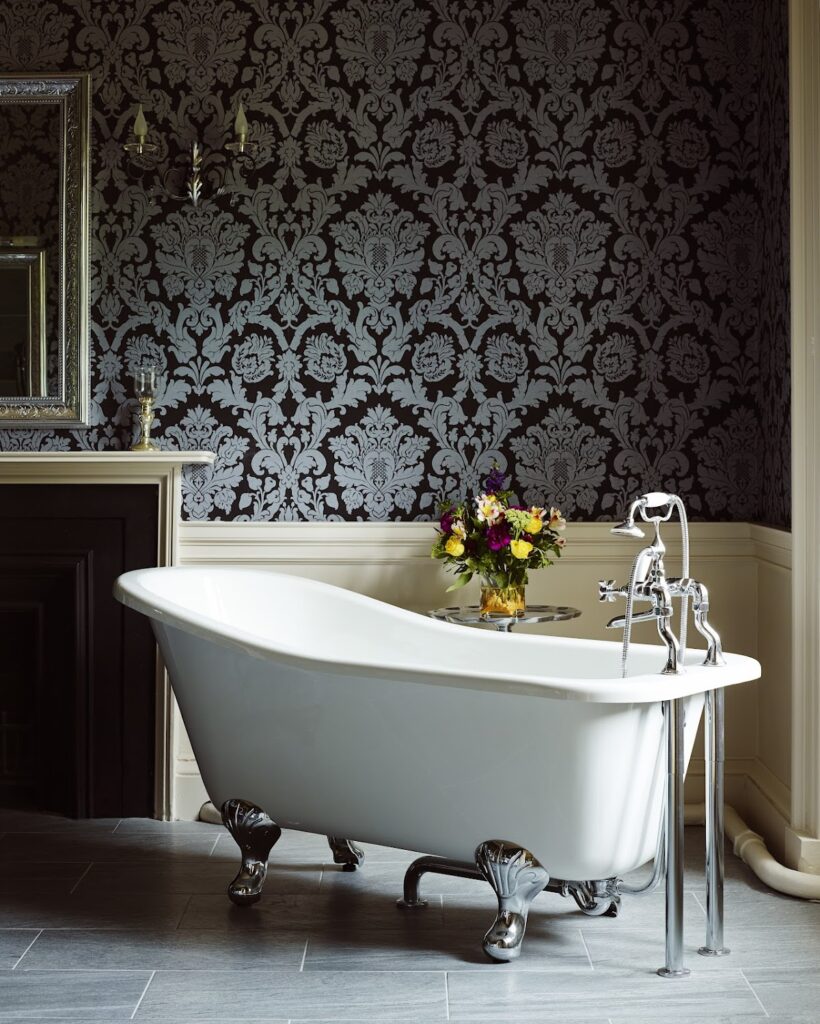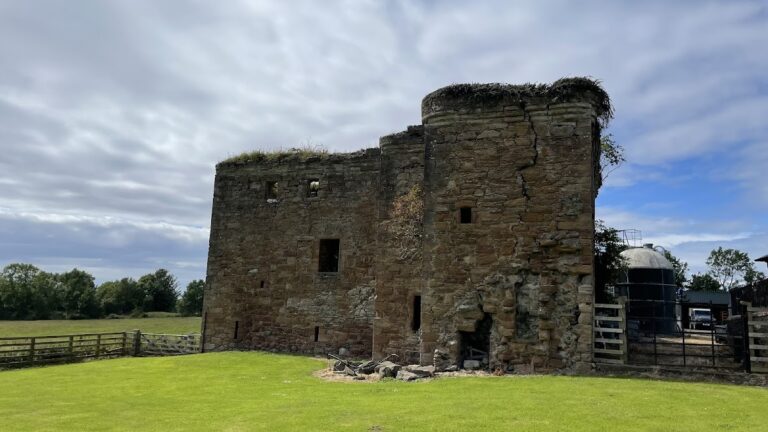Blairquhan Castle: A Historic Scottish Estate Near Maybole
Visitor Information
Google Rating: 4.6
Popularity: Very Low
Google Maps: View on Google Maps
Official Website: www.blairquhan.co.uk
Country: United Kingdom
Civilization: Unclassified
Remains: Military
History
Blairquhan Castle is situated near Maybole, Scotland, and its origins trace back to a tower house constructed around 1346 by the McWhirter family. Over time, through marriage, the Kennedy family came to inherit the estate and undertook significant expansions of the original building circa 1573. This period marked the castle’s establishment as a fortified residence within the feudal Scottish landscape.
In the early 1600s, ownership shifted to the Whiteford family. However, facing financial difficulties, they sold the estate in 1798 to Sir David Hunter, the 3rd Baronet, who had adopted the surname Hunter-Blair following his family’s inheritance of the Blair estate in 1777. Sir David Hunter Blair brought new wealth to the property, partly derived from commercial ventures in Jamaica. Not long after acquiring Blairquhan, he commissioned the prominent architect William Burn in 1820 to design a new Tudor-style mansion to replace the dilapidated old castle, which had suffered fire damage and years of neglect. This new residence was completed in 1824 and became the home of the Hunter-Blair Baronets.
The reimagined Blairquhan Castle incorporated elements salvaged from the previous structure, including decorative mouldings and sculpted stones, which were repurposed in the kitchen courtyard. For nearly two centuries, the castle served as a family seat until its sale in 2012 to a subsidiary of a Chinese company, Ganten Scotland. Over time, the estate has also been a setting for private events and media productions, notably featuring in the 2006 film “The Queen” and the British television show “Beauty and the Geek.”
Remains
The present Blairquhan Castle stands on the historical site of the earlier tower house and castle, embodying early 19th-century Tudor-style architecture designed by William Burn. The mansion serves as the main surviving structure and was constructed using traditional building materials of the period. Its design integrates several decorative elements salvaged from the original medieval castle, which were carefully preserved and installed in the kitchen courtyard. These features include moulded stonework and sculpted elements, which provide a physical link to the estate’s medieval past.
Within the castle, a collection of antiques and paintings by Scottish artists reflects historical tastes and adds cultural value to the building’s interior. The estate is approached by a winding three-mile (five-kilometre) drive along the banks of the River Girvan, enhancing its scenic setting. Surrounding the mansion are veteran trees, including an ancient sycamore near the castle grounds. This tree, believed to be a Dule Tree or gallows tree dating to the early 16th century during the reign of King James V, carries historical significance. It was substantially pruned in 1997 to maintain the stability of its weakened trunk, demonstrating conservation efforts to preserve notable natural heritage.
Blairquhan Castle holds protection as a Category A listed building, recognizing its architectural and historical importance. Its grounds are also registered within Scotland’s Inventory of Gardens and Designed Landscapes, highlighting the carefully maintained natural and designed features that complement the historic mansion.










